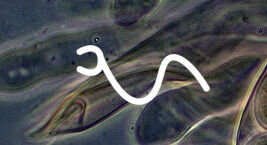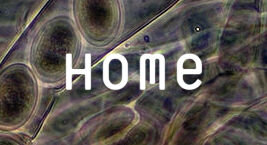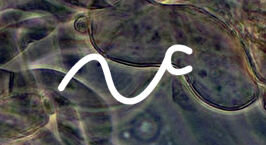Some notes while reading Goodwin, Ramayya and Akhtar
To think with James Goodwin’s ‘The utterly in common, or the body of colour in flesh: contemporary critical poetics as a racial form of institutional life in Nisha Ramayya’s “Secretions or Obstructions”’ (Poetry Wales, Summer 2019: Vol 55, No. 2) is to think through the gamut of critical poetics and the genres of the human. Goodwin’s multitude of terms pervade his thinking: ‘notions of existence, decay, deformation, touch, preservation, placelessness, otherness, embodiment, wrongness, emanation, and breath’ (13). What follows is a mould of writing and address that writes within, through and ultimately against the institutional hold of critical poetics. Trying to think with Goodwin, through Ramayya, leads one to trace the many branches of poetics, aesthetics and thought: I will turn to Sascha A. Akhtar critically and creatively.
To deny, forgo, an unmediated textual plane, the ante-temporal form of the flesh puts the body of colour already formed, present, relational within the place of ‘placelessness’, somewhere against the imperative of location and colonial mapping while nonetheless attentive to context. This placelessness, as a preservation, is putting all that is ‘utterly in common’ through a socio-topological frame of dysembodied critical poetics – a kind of impure register of rigour. This reformation, re-formulation, is part of a critical poetics that seeks to lose its authorial individual voice, in favour of a dys-identificational mode. Goodwin, through Ramayya, nods towards projects, flows and socialities consistently at the edge of the map, for the alternative enmeshed, enfleshed and enacted in the rigour of ante-institutional life, which is to say poetic breath.
To follow in that vein, #LoveLikeBlood by Sascha A. Akhtar (Knives, Forks and Spoons, 2020), takes us on this warped trip of re-integrated dys-identifying gothic fragments, eyeliner and all. The kind of place lived and learned, in the body of colour, something wholly in common and utterly preserved in its articulated presence. We are told ‘there’s a nod to Killing Joke in here’ in the eponymous poem (though track would seem appropriate too), where:
“there it is”
“thump”
“thu
mpth
um
p”
“ ‘... & self-preservation rules the day no more …’ ”
As. we. move. towards. no. end.
The cornucopious arrangement reflecting, revealing, re-instating a fragmented and insurgent sensibility. In ‘Girl Child Of The Eighties’ one is struck by ‘rockstarangelfacebridaldreamglowpeachesandcream’, singular and un-bounded opening to the sedimentation of non-normative life.
Taken to Ballardian depths in ‘Anatomy Of A Car - Crash’, ‘what is the skeins of / strains of lie / grafted on the table … a perpetual sniffling / sitting next to the Sikh at the bus-stop’; quotidien in its breadth, cut-up and tender we read, ‘enscribe it song, be bones / like grit true.’ Gritty truth like a shot in the dark of the roughstuff, a dys-identified psycho-geography of circumstance and desire made in movement.
In ‘PostColonial Theory’, the poem a sedimentation of injustice, hope and derivation, we are told: ‘not summated / in the orifice of -cretion / secret–ation diffident’. The work of violence, and the poetic working through, continues abound through ‘the gutter & gypsies’ of ‘FREAK BREACH’, to Catholic traumas in ‘AUTOBIOGRAPHIA’ and the ‘wretched bits’ of ‘Intimacy’. This accumulation of sense and memory that runs thread-like through the collection speaks to a collected weight of feeling and (e)motion spanning uneven life as something singular and collective.
In the feveration of the dissonant modalities of new wave – the dissident survivals that new wave engenders – a kind of aesthetic and cultural impulse follows, one utterly (dys)embodied in its mediatory capacity, where uttering new romanticism is call to a reconstitution of the body as unsovereign subject. Which is to say fragmented life in flesh-turned-body calls for a consistent poetics of breath that rides historical lines, both thought and unthought. Capacious, perhaps, altogether immanent in its potential and pervasiveness, and in a way something that proceeds, or processes, the fleshiness that is entanglement in its off-centre new-new-wave. Think with Goodwin, Ramayya, and Akhtar, think with ‘#poetry’:
Listenin to the sonorous tones of. Yah. So. I feel it & I wonder am I feeling it for me, or for her. future, she. I. when.wz.am.



